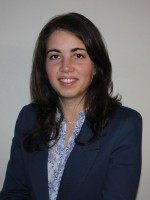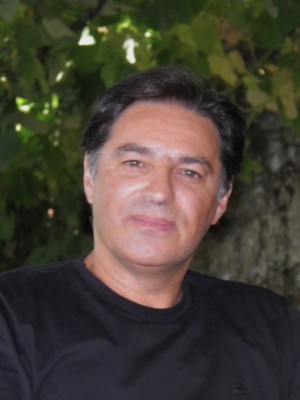abstract
Release of engineered nanoparticles (ENPs) to soil is well documented but little is known on the subsequent soil-pore water distribution of ENPs once present in soil. In this study, the availability and mobility of silver (Ag) and gold (Au) ENPs added to agricultural soils were assessed in two separate pot experiments. Pore water samples collected from pots from day 1 to 45 using porous (<0.17 mu m) membrane samplers suggest that both Ag and Au are retained almost completely within 24 h with less than 13% of the total added amount present in pore water on day 1. UV-Vis and TEM results showed that AuENPs in pore water were present as both homoaggregates and heteroaggregates until day 3 after which the concentration in pore water was too low to detect the presence of aggregates. A close relation between the concentration of Au and Fe in pore water suggests that the short term solubility of Au is partly controlled by natural soil colloids. Results suggest that under normal aerated soil conditions the actual availability of Ag and AuENPs is low which is relevant in view of risk assessment even though the impact of environmental conditions and soil properties on the reactivity of ENPs (and/or large ENPs aggregates) retained in the solid matrix need to be addressed further. (C) 2015 Elsevier Ltd. All rights reserved.
keywords
POTENTIALLY TOXIC ELEMENTS; MICROCOSMS DETERMINE FATE; ABIOTIC INTERACTIONS; AVAILABLE POOLS; NANOMATERIALS; IMPACT; STABILITY; TRANSPORT
subject category
Environmental Sciences & Ecology
authors
Tavares, DS; Rodrigues, SM; Cruz, N; Carvalho, C; Teixeira, T; Carvalho, L; Duarte, AC; Trindade, T; Pereira, E; Romkens, PFAM
our authors
acknowledgements
This work was supported by European Funds through COMPETE and by National Funds through the Portuguese Science Foundation (FCT) within project PEst-C/MAR/LA0017/2013.; S.M. Rodrigues acknowledges the financial support from the Portuguese Foundation for Science and Technology (FCT) (Project IF/01637/2013/CP1162/CT0020). Authors acknowledge the financial support of both FCT and




